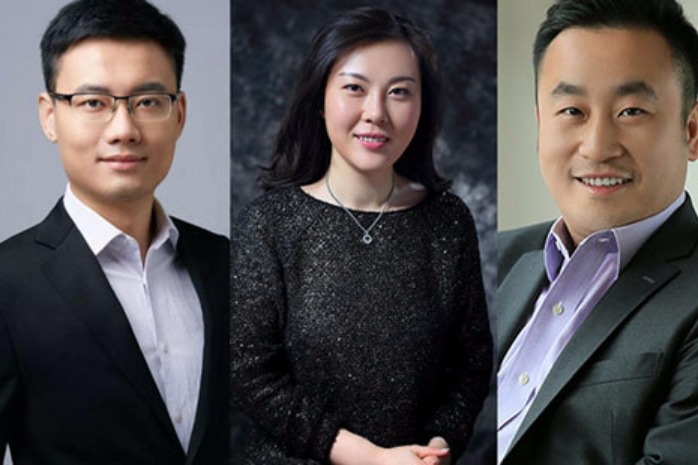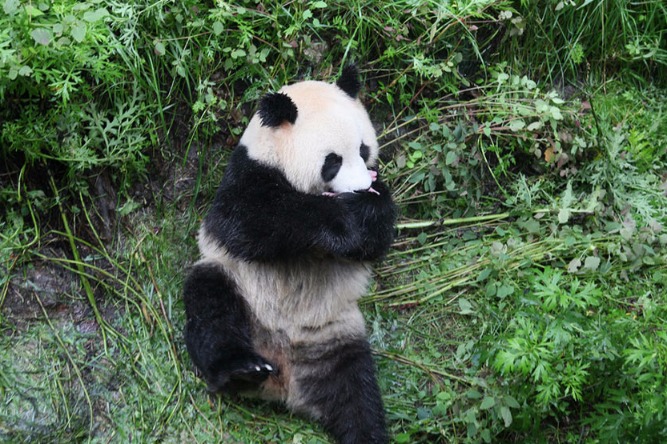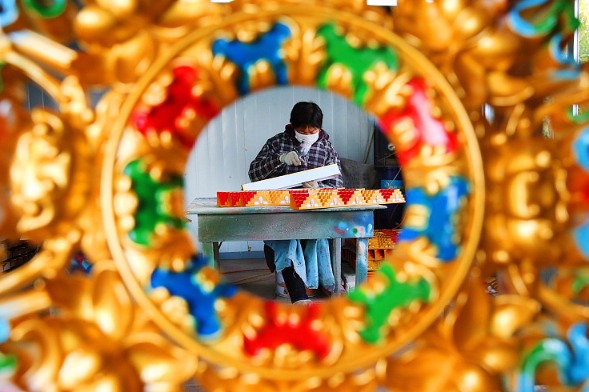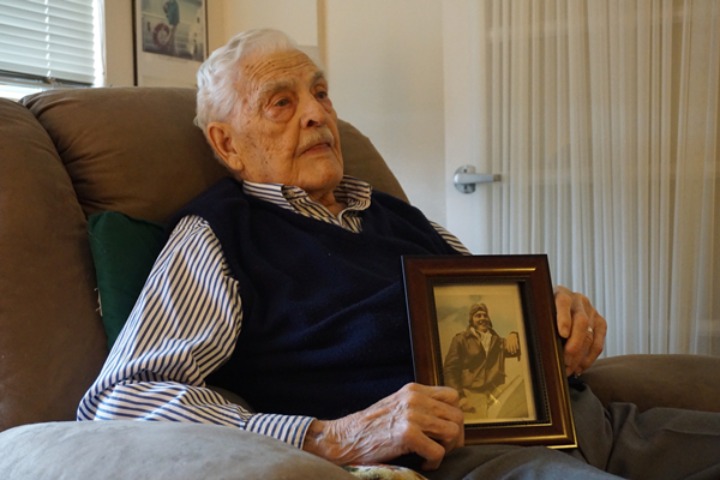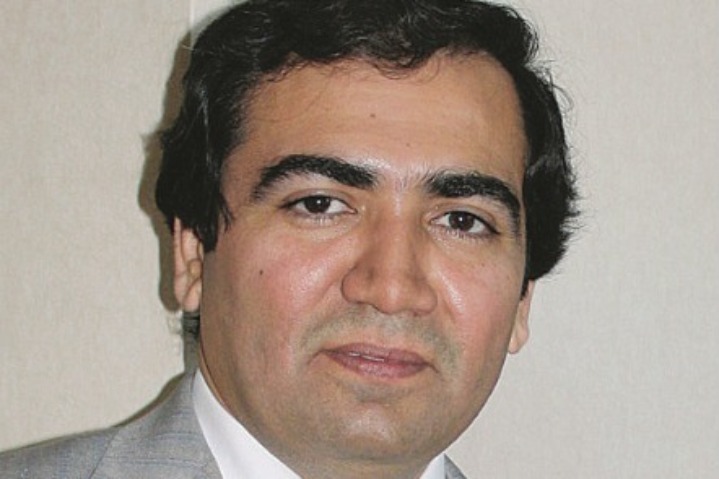American art collector's love blooms at Peking University
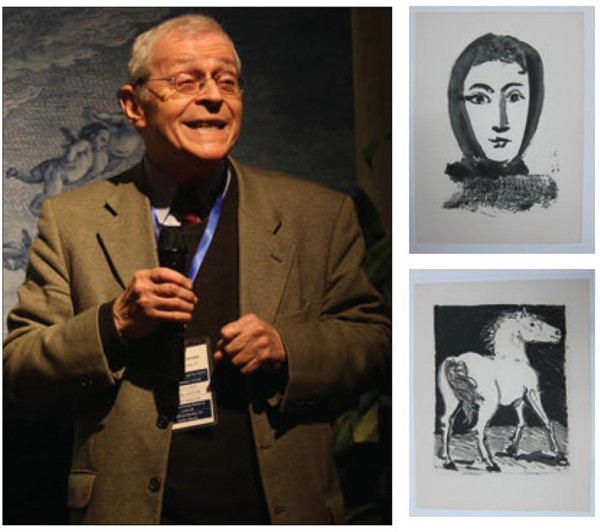 |
| US art collector Donald Stone is in Beijing with a part of his collection, including etchings by Picasso.Photos Provided To China Daily |
At 73, Donald Stone has been an avid collector for nearly six decades. His treasures vary from drawings and prints of Western masters, such as Raphael and Picasso, to Chinese antiquities from the Shang Dynasty (c.16th century-11th century BC). His assemblage is not built on family wealth but on his salary as a teacher.
Stone retired from the English department of Queens College at City University of New York in 2006. Soon after, he became a senior professor of English at Peking University.
Since then Stone has donated about 400 of his art assets to the Arthur M. Sackler Museum of Art and Archaeology at Peking University. Stone plans to give more of his collection to the same museum. Meanwhile, he is showing his donation of prints through 10 exhibitions there.
The ninth display, titled Gods and Heroes, is now on show: 55 original etchings and lithographs exemplifying how Western artists adopted classical tradition in creation. They include a complete set of French painter Jean Honore Fragonard's Bacchanals series and Georges Braque's six Theogony etchings.
Prints are as valuable for understanding an artist as other mediums, Stone says. The juxtaposed works of Picasso and Braque, both of whom played an important role in the development of cubism, for instance, illustrate how they went in different directions after eventually giving up cubism.
"Picasso discovered Roman classical art. He went through a period of painting his children and mistresses in a very classical Roman style," Stone says, "while Braque went back to the beginning of Western art, Greek mythology."
Stone's passion for art was cultivated in his teens when he frequented museums and bought postcards at auctions.
He began collecting seriously some 40 years ago, when he was working on a book in London. He took a bus from where he lived to the library, getting off halfway to save half of the ticket price.
One day he passed by an art gallery window and saw a drawing of Giovanni Battista Tiepolo, an 18th-century Venetian painter. Out of curiosity he went in - and purchased the first item of his collection.
"Once it started, it felt like eating peanuts out of a bag - you want to search for more."
He bought a drawing every two to three years, sometimes donating to the small collection of the National Gallery of Art in Washington.
Stone first came to China in 1982, to teach as a visiting scholar at Beijing's Capital Normal University. He returned regularly, lecturing at universities and academic institutions nationwide.
"In America every major university has an art museum. Princeton has a permanent collection of works of masters such as Van Gogh, Monet and Renoir. It is free. Students can just come over to see these beautiful pieces and then go back to their studies," Stone says.
In China, he laments, "it is not common".
Stone's collection not only delights the students at PKU. It has toured Macao and Urumqi, the Xinjiang Uygur autonomous region, where hundreds of people lined up in snow to see their first Picasso work.
Stone's generosity has sometimes yielded surprises.
He once bought one of six Matisse prints at a Paris art store. He told the Jewish owner, Ann Pfeffer, that his purchase would go to the Sackler museum in China. Later he opened the package, he found Pfeffer had given him all six for the price of one, $3,500.
Back at the store, the dealer told him that she had made no mistake: She was giving the other five as gifts to China, because China was one of very few countries that welcomed Jewish refugees during World War II.
Last year, Stone won the Chinese Government Friendship Award, the country's top award to foreign experts for making contributions in different fields.
"I love being here. I taught at Harvard, New York University and City University of New York. I speak of my life as 'BC' and 'AC' - before China and after China," he says.
Stone says the favorite of his collection is a painting of Liu Yongming, a pupil of ink-and-color master Wu Guanzhong.
After discovering Liu in 1991 at an exhibition at the National Museum of China, Stone asked the artist to paint magpies, a common bird he saw in Beijing.
"I have drawings and prints scattered all over in my apartment in New York. But that painting is what I first see in the morning when I get out of bed, and the last thing I see before I turn off the light.
"It is in my bedroom. It was painted by an artist I love, of subjects I love, and it is a gift to me."
linqi@chinadaily.com.cn








